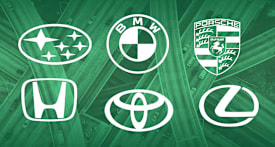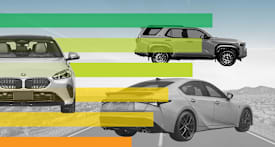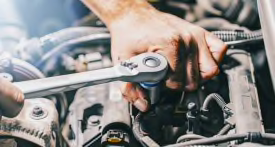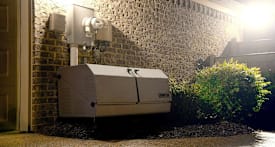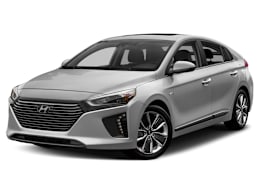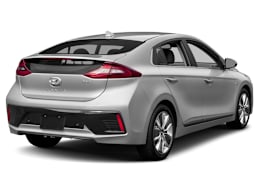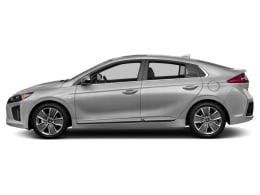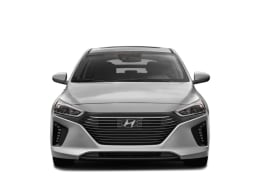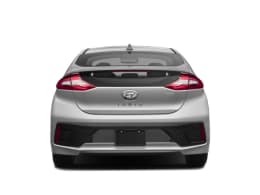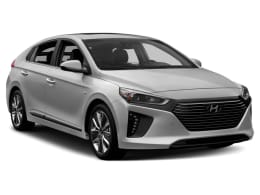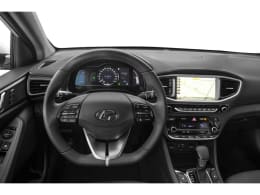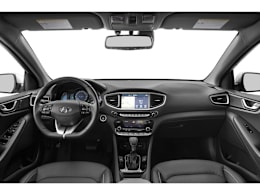Since 2004, no car has truly rivaled the Toyota Prius hybrid for its combination of fuel economy and practicality. Hyundai finally answers the green car call with the Ioniq hybrid, with a Prius-like silhouette and a hatchback configuration. (The Ioniq is also offered as a plug-in hybrid or as a fully electric car.) Ultimately, the Ioniq manages to match the Prius for fuel economy in our tests, but the overall package is less compelling than the Prius.
Helped by a very aerodynamic body and low-rolling-resistance tires, the Ioniq uses fuel sparingly, tying the Prius with 52 mpg overall in our tests. The apparent tradeoff for getting such good fuel economy is long stopping distances: the Ioniq has among the worst braking performance we've seen in years.
Some might appreciate that the Ioniq follows a different path than the Prius in how normal and unassuming it tries to be rather than by screaming its green credentials. While the latest Prius styling channels crisply folded origami, the more conservative Ioniq could be mistaken for a Hyundai Elantra sedan.
The Ioniq also employs a different tactic for its transmission using a six-speed dual-clutch automatic rather than a continuously variable transmission, which most hybrids use. However, there is a distinct delay when taking off, which can be frustrating. Like other hybrids, the Hyundai can propel itself on electric power alone at low speeds with a light touch on the accelerator.
Handling is rather mundane and short on agility; the Ioniq isn't going to be your choice for carving a mountain road. And ride comfort is not a standout, either.
The mundane theme carries over to the interior, but here it's more of an asset. Conventional knobs and buttons make the controls simple, and other than some hybrid-specific displays, the instruments look familiar. There are no idiosyncrasies as found in the Prius, like that hybrid's unusual and unintuitive stubby shifter.
Ultimately, the Ioniq's more conservative design may improve its appeal for some buyers. The rear passengers sit low and headroom is snug. There is generous cargo room under the hatchback. Rear visibility is falls a bit short due to the two-piece rear window and the low stance.
Advanced safety gear, including forward-collision warning with automatic emergency braking come on SEL and above trims.
There's no question that the Ioniq faces an uphill battle in the short term, especially while gas prices are low. But Hyundai is playing the long game, positioning itself for global demands for reduced greenhouse gasses and tightening fuel economy standards.
